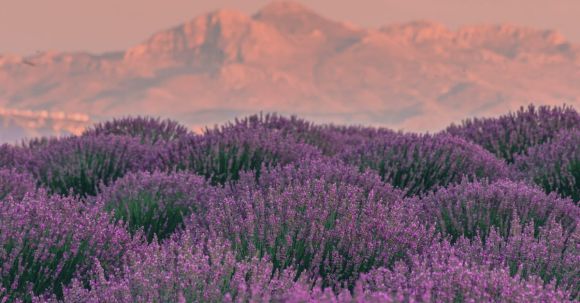The beauty of nature has long been a source of inspiration for artists throughout history. From ancient cave paintings to modern digital art, landscapes have always held a special place in the artistic world. Through the use of color, texture, and composition, artists are able to capture the spirit of nature and transport viewers to a world of tranquility and awe.
The Power of Color
Color is one of the most powerful tools in an artist’s arsenal when it comes to capturing the essence of nature. From vibrant sunsets to lush green meadows, color can evoke emotions and create a sense of atmosphere. Artists often use a variety of techniques to depict the changing colors of the natural world, from bold brushstrokes to delicate washes of watercolor. By carefully selecting and manipulating colors, artists can recreate the beauty of nature on canvas.
The Texture of the Earth
Texture is another important element in landscape art. Artists use different techniques to create texture, such as layering paint or using impasto to add depth and dimension. By capturing the roughness of tree bark or the smoothness of a river, artists can bring their landscapes to life. The texture of the paint itself can also add a tactile quality to a painting, allowing viewers to almost feel the grass beneath their feet or the wind rustling through the leaves.
Composition and the Golden Ratio
Composition plays a crucial role in landscape art, as it determines how the elements within the painting are arranged. Artists often use the rule of thirds or the golden ratio to create balanced and visually pleasing compositions. By dividing the canvas into thirds and placing key elements along these lines, artists can guide the viewer’s eye and create a sense of harmony. A well-composed landscape painting not only captures the spirit of nature but also draws the viewer in, inviting them to explore the scene.
The Magic of Light and Shadow
Light and shadow are essential in creating a sense of depth and realism in landscape art. By carefully observing the way light interacts with the natural world, artists can recreate the play of light and shadow on their canvas. The interplay of light and shadow can transform an ordinary scene into something extraordinary, adding drama and intrigue. Artists often use techniques such as chiaroscuro or glazing to achieve the desired effect, creating a sense of depth and atmosphere.
Bringing Nature to Life
The goal of landscape art is not simply to recreate an exact representation of nature but to capture its essence and evoke an emotional response from the viewer. Through the use of color, texture, composition, and light, artists are able to transport viewers to a world of beauty and tranquility. Whether it’s a sweeping vista or a close-up of a single flower, landscape art allows us to connect with nature and appreciate its beauty in a new and profound way.
In conclusion, landscape art has the power to capture the spirit of nature and transport viewers to a world of beauty and tranquility. Through the use of color, texture, composition, and light, artists are able to recreate the essence of the natural world in their paintings. By carefully observing and interpreting nature, artists are able to create works of art that evoke emotions and inspire awe. So next time you find yourself in the presence of a landscape painting, take a moment to appreciate the skill and talent it took to capture the spirit of nature on canvas.
